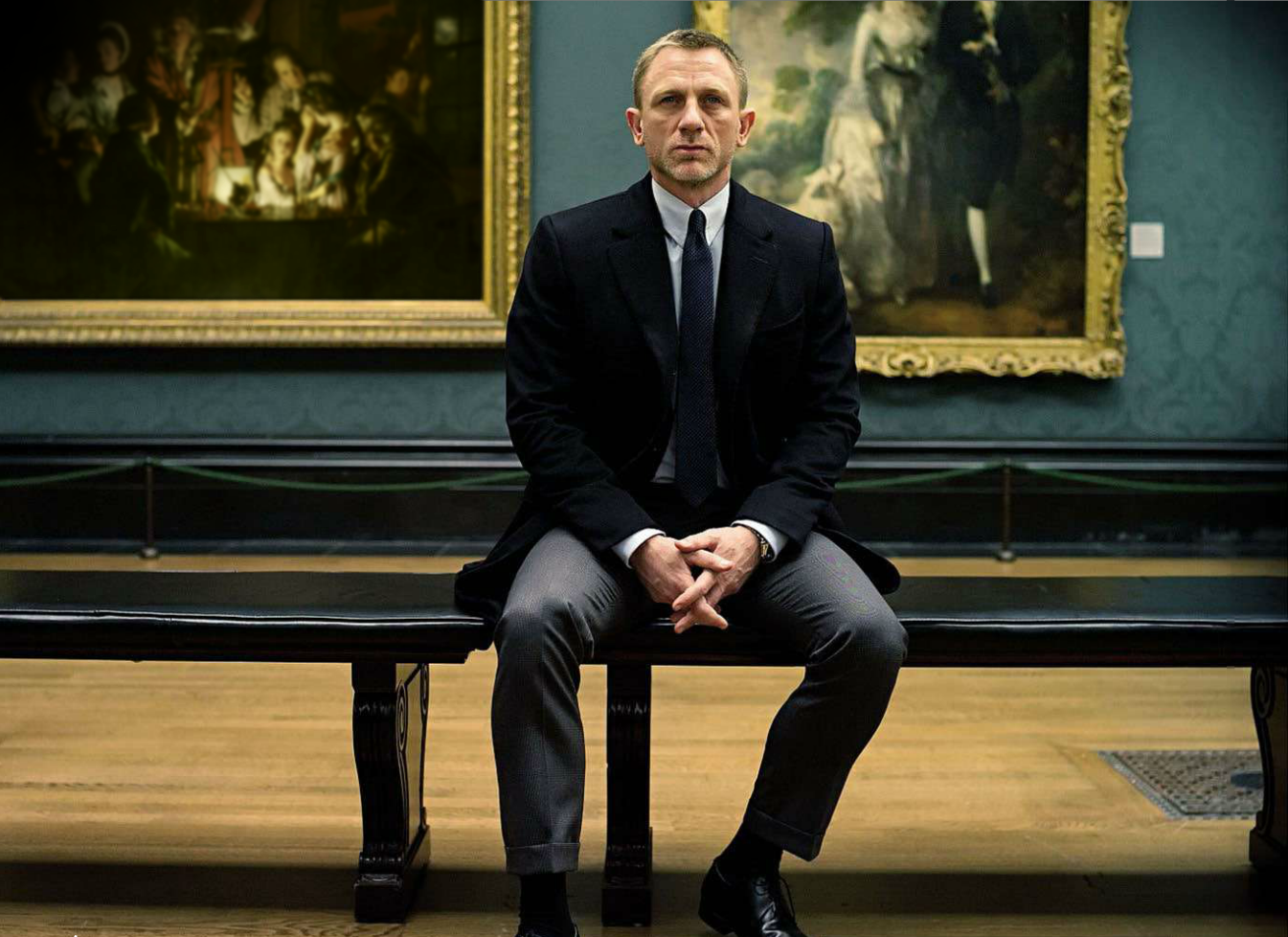Skyfall, the 23rd entry into the 50-year-old Bond film franchise, brings the spy hero back to life. It features both a restored Bond (Daniel Craig), back for more action after being declared dead, and offers a revival of the classic 007 formula. If 2006’s Casino Royale was the origin of a 21st century Bond, director Sam Mendes’ Skyfall is a resurrection of the iconic tropes (The villain! The gadgets! The girls!) but with modernity, depth, and realism.
After a disastrous mission in Turkey, MI6 presumes Bond dead. Our hero, however, survives both bullet wounds and falls, to investigate an explosion at British Secret Service headquarters. What unfolds next is a typical Bond plot: an action-jammed, international mystery with plenty of misdirection. But this time, the threat is internal. MI6 leader M (Judi Dench) is under government duress; and villain Raoul Silva (Javier Bardem)—deformed, deranged, and devious as per Bond standards—is a former Secret Service agent gone rogue. Bardem’s performance is utterly captivating; he manages to make Silva horrifying, yet somehow sympathetic. Silva is out for M’s blood, making his revenge plans far less threatening to the globe than past Bond villains, but he is no less sinister. The name of the game in Skyfall is cyber-terrorism, prompting the return of Bond tech-master Q, this time an internet-raised youngster with disdain for old-school spy work and exploding pens.
Of course, there is no Bond film without a Bond girl. Like many other successful entries in the franchise, Skyfall gives Bond two tempting ladies with whom to tango. Naomie Harries plays the sexy and spunky Eve, an MI6 agent and Bond’s sometimes-partner. Certainly not a passive character, she holds Bond’s life in her hands more than once. Bérénice Marlohe, as Sévérine, is intriguing and vulnerable, though perhaps done away with too soon.
All James Bond films open with ambitious title sequences—a full song and psychedelic imagery. Skyfall does not disappoint. The eponymous title song, sung by Adele, is moody, theatrical, and retro, recalling classic Bond songstress Shirley Bassey. The accompanying animation—bloody, haunting, and beautiful—sets the tone for the film’s action.
Skyfall presents viewers with some of the most breathtaking visuals to have graced the franchise to date. Turbulent elemental scenes of water, fire, and fog; fireworks and dragon lanterns in Macau; and an eerie ruined island fortress form plot pieces and backdrops. One of the more memorable fight scenes is obscured, filmed entirely in graphic silhouette.
With all its suavity, glamour, and intrigue, Skyfall shows the emptiness and pain behind the 007 blueprint. Skyfall’s Bond is not beaten, but almost broken. After returning to MI6 he fails his physical, and can barely shoot a static target. James Bond is a scarred and bruised shell fuelled by too much drink, too many pills, disposable women, and desperate patriotism. Daniel Craig’s brutal, yet human performance reveals the man behind the code name.
The combination of iconic features with a modern, qualified understanding makes Skfyall one of the best films in the Bond canon. It is a rollicking action movie as well as a character study. It has all the fun and charm of a Connery film with a modern sensibility. Skyfall resurrects Bond—making the world’s favourite spy franchise into something deeper than a guilty pleasure, but without sacrificing any of its humour, wit, or action.









